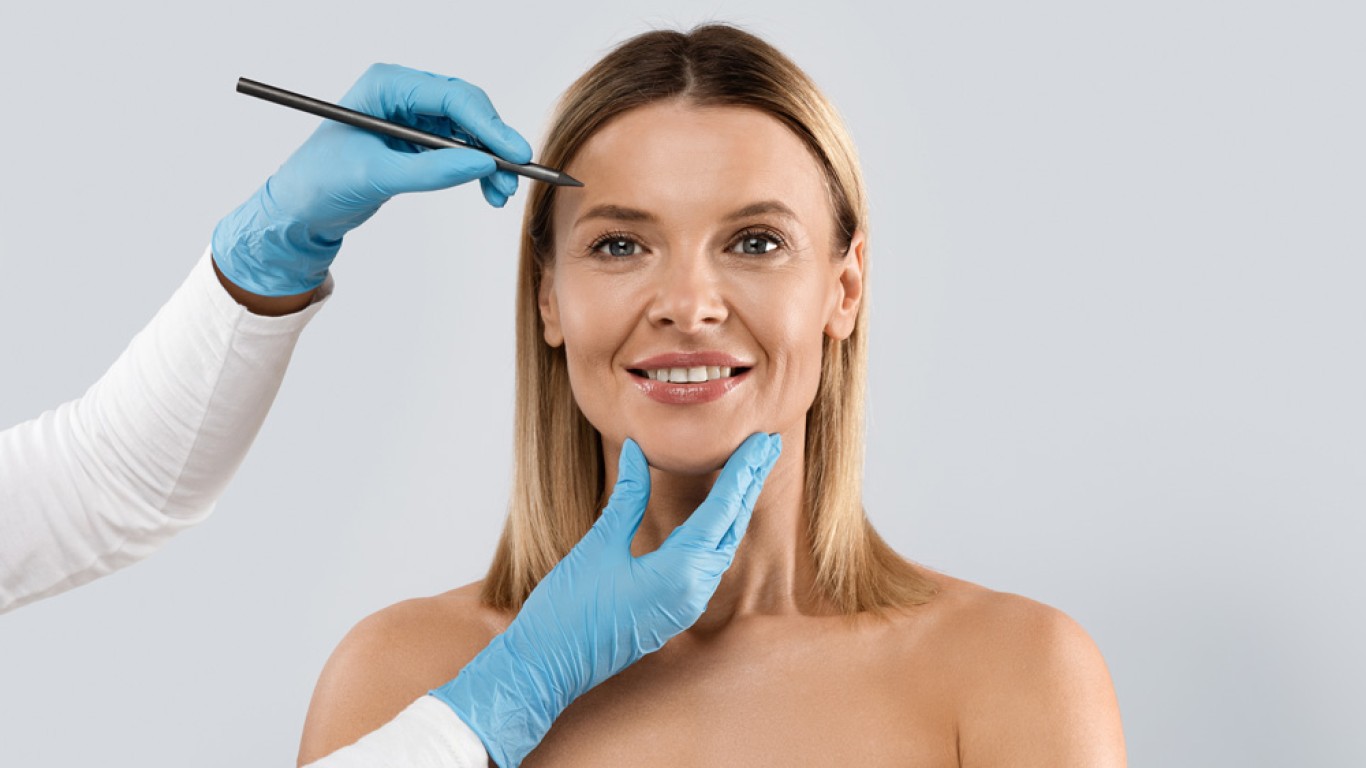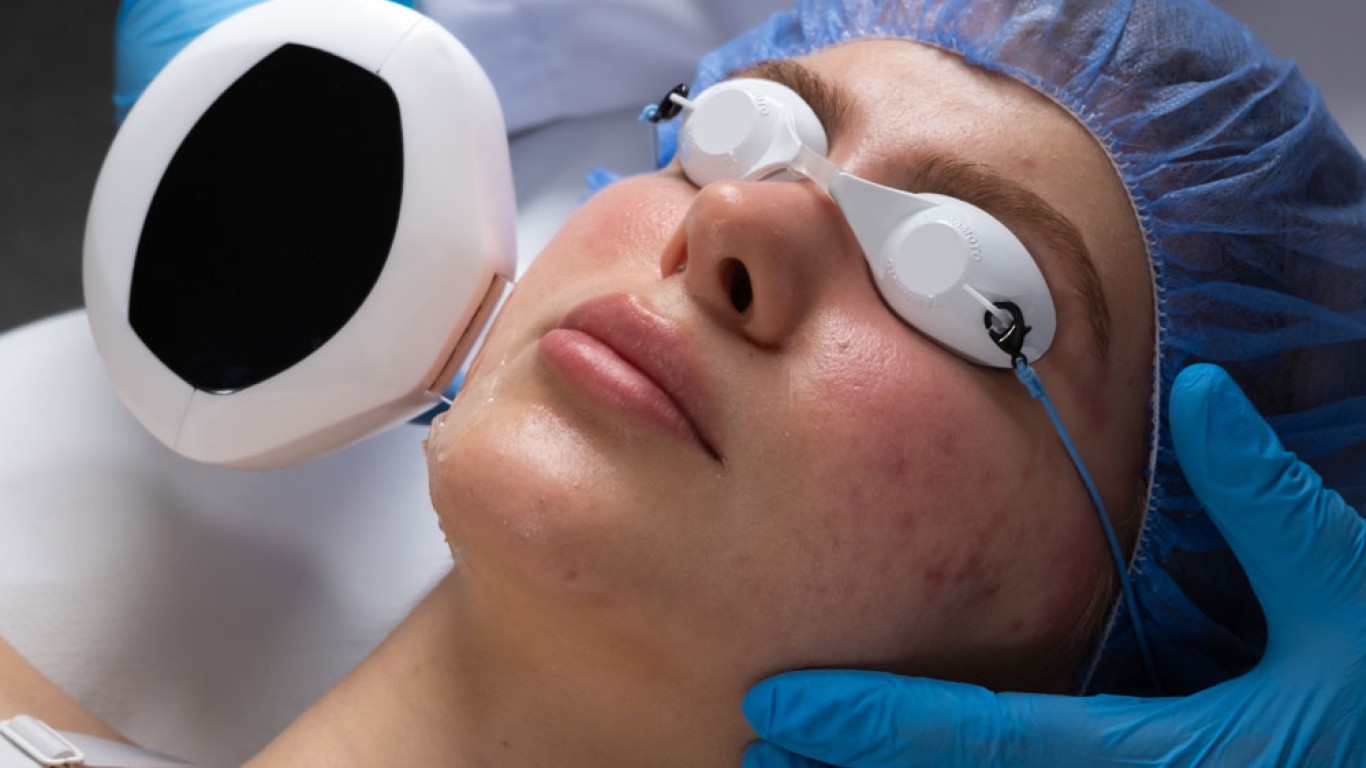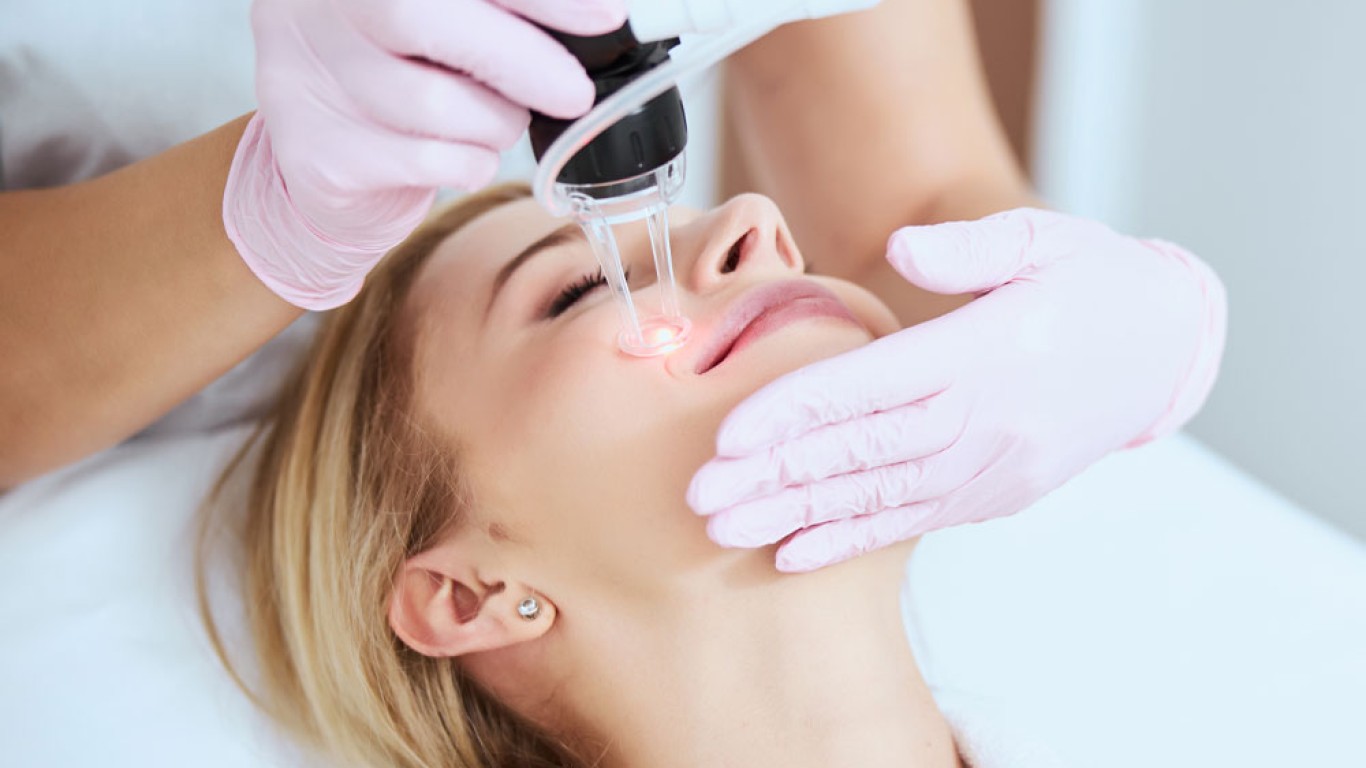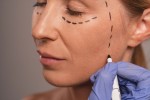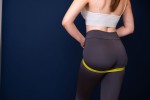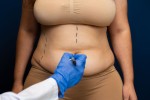Introduction
Facial structure plays a vital role in how youthful and balanced someone appears. Defined cheeks, in particular, can transform expression and add harmony to the face. Two leading methods stand out for enhancing volume; cheek fillers and fat grafting. Both improve contour and symmetry, yet they differ in approach, longevity, and texture. Understanding their distinctions helps individuals choose which treatment aligns best with their specific goals.
The Aesthetic Importance of Cheek Contour
High, contoured cheeks often symbolise youth, health and vitality. As we age, collagen loss and fat displacement can make the mid-face appear hollow or flat. Enhancing cheek volume restores natural lift, subtly brightening the entire face.
Recent non-surgical advancements have made this easier than ever. Modern dermal fillers and refined fat grafting techniques allow precise reshaping that looks smooth and authentic. The key difference lies in how each method achieves that rejuvenation.
Understanding Cheek Fillers: Quick Precision with Lasting Results
Cheek fillers use hyaluronic acid or similar biocompatible substances to restore lost volume instantly. The injections are targeted beneath the skin to lift, contour and smooth.
Because results appear immediately, fillers are ideal for patients seeking fast transformation. The treatment enhances symmetry, defines cheekbones and improves facial proportion with minimal downtime. Most sessions take less than 30 minutes, and results last 12-18 months, depending on the product used.
The Appeal of Fat Grafting: Natural Volume from Your Own Body
Fat grafting, also known as fat transfer, involves removing fat from one area of the body and reinjecting it into the cheeks. This technique offers natural results using the patient’s tissue, making it completely biocompatible.
The procedure begins with gentle liposuction, followed by purification of the extracted fat. It’s then injected strategically into the cheeks to restore shape and fullness. Because it integrates with existing tissue, results can last many years. For those seeking organic rejuvenation, fat grafting is an increasingly popular choice.
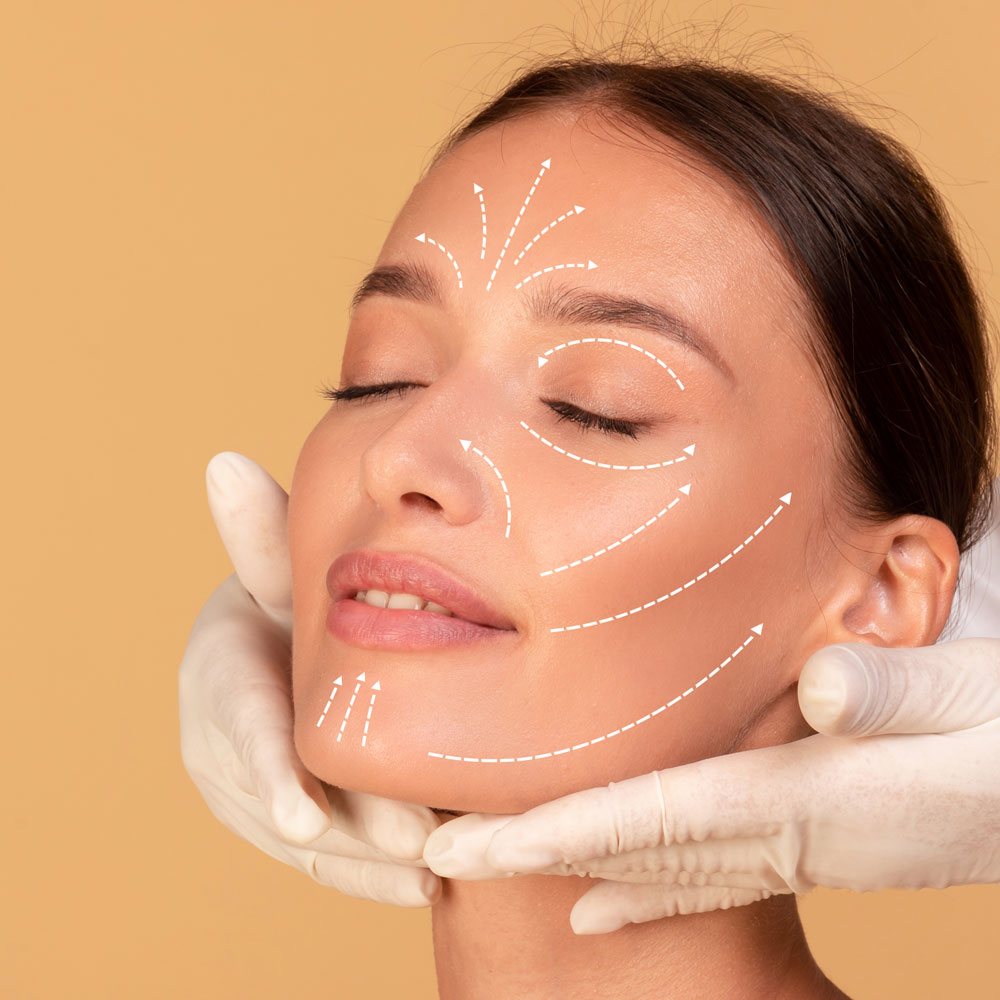
Cheek Fillers vs Fat Grafting: Comparing Texture and Feel
One key difference between the two lies in texture. Fillers offer a smooth, slightly firmer feel, which creates sharper definition and lift. Fat grafting produces a softer, more natural contour that mimics youthful fullness.
While cheek fillers are ideal for sculpted structure, fat transfer often suits patients wanting subtle roundness and long-term integration. Both feel natural when done correctly, but preference depends on desired style and facial anatomy.
Recovery: What to Expect After Each
Downtime differs between these treatments. Fillers involve mild swelling or bruising for 1-2 days. Most patients resume daily activities immediately.
Fat grafting, however, requires a short recovery period, usually around one week. The donor site where fat is taken may also feel a bit tender. Despite this, recovery is smooth, and results gradually settle into place for a beautifully natural outcome.
Cheek Fillers vs Fat Grafting: Durability and Maintenance
Cheek fillers gradually dissolve over time and require touch-ups to maintain volume. Their reversibility offers flexibility and adjustments can be made easily if preferences change.
On the other hand, fat grafting is semi-permanent. Some fat naturally reabsorbs, but the remaining portion stays for years. Once established, it behaves like natural tissue, changing subtly with body weight or ageing.
Cheek Fillers vs Fat Grafting: Cost and Accessibility
Although fat grafting usually costs more initially, it’s often viewed as a long-term investment. Fillers are more affordable upfront and accessible to those seeking smaller, gradual enhancements.
Because cheek fillers involve less downtime and no anaesthesia, they’re ideal for busy individuals wanting quick, predictable results. Fat grafting, while more involved, provides long-term satisfaction with fewer repeat sessions.
Conclusion
Both cheek fillers and fat grafting beautifully enhance facial contour and confidence. Fillers provide instant sculpting, precision, and flexibility, while fat transfer offers enduring natural fullness. The best choice depends on personal goals, lifestyle and desired longevity.
If you’re interested in finding out more about the choice between cheeks fillers and fat grafting, visit the ACIBADEM Beauty Center website.
Frequently Asked Questions
Most cheek fillers last 12 to 18 months, depending on metabolism and product type.
Usually, local anaesthesia with sedation is enough for comfort during the procedure.
Yes, many patients use both for enhanced definition and natural volume.
Both look natural when done well. Fat grafting offers a softer, longer-lasting effect.
Yes, hyaluronic acid fillers can be dissolved if necessary for adjustment.

